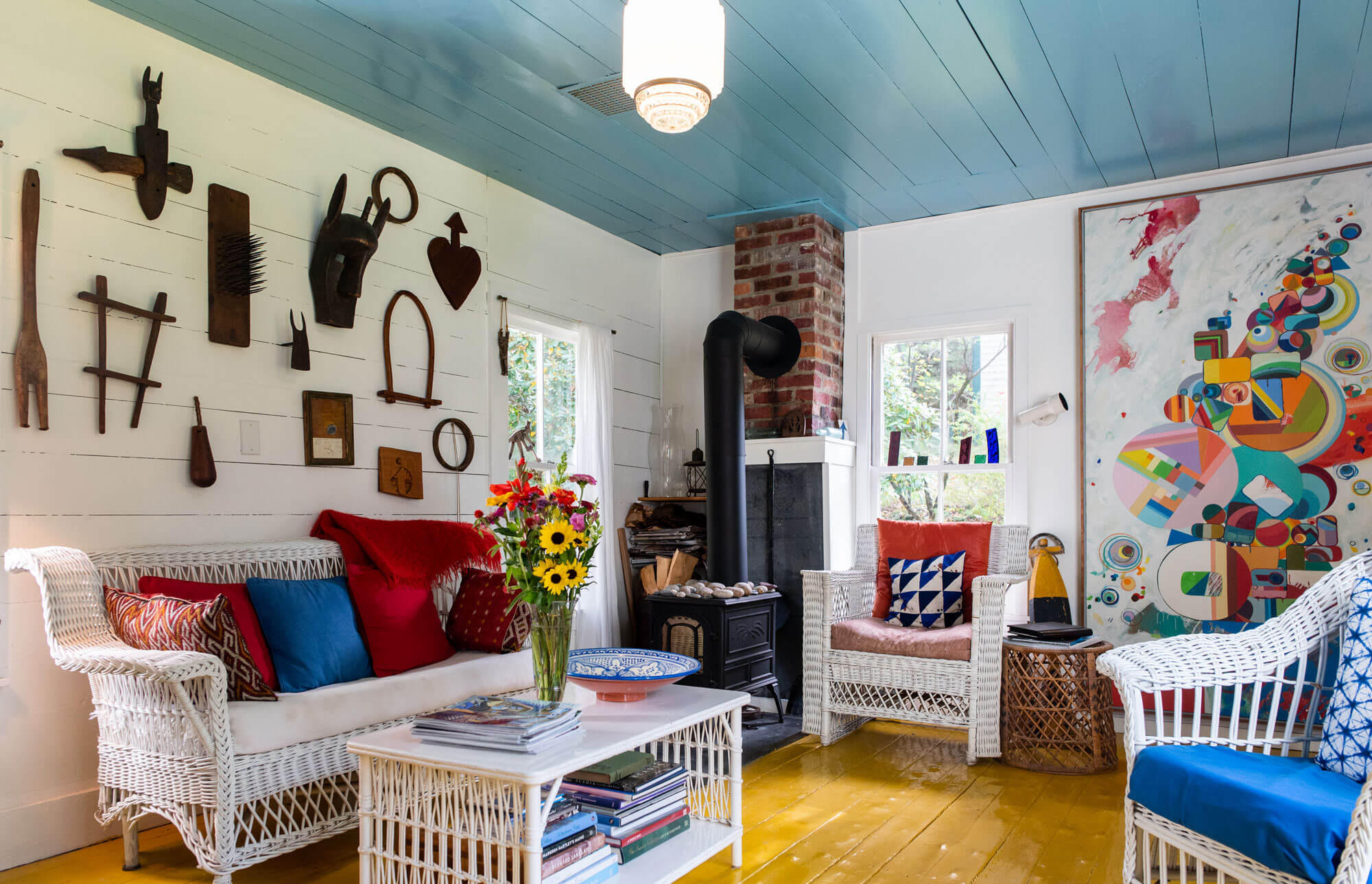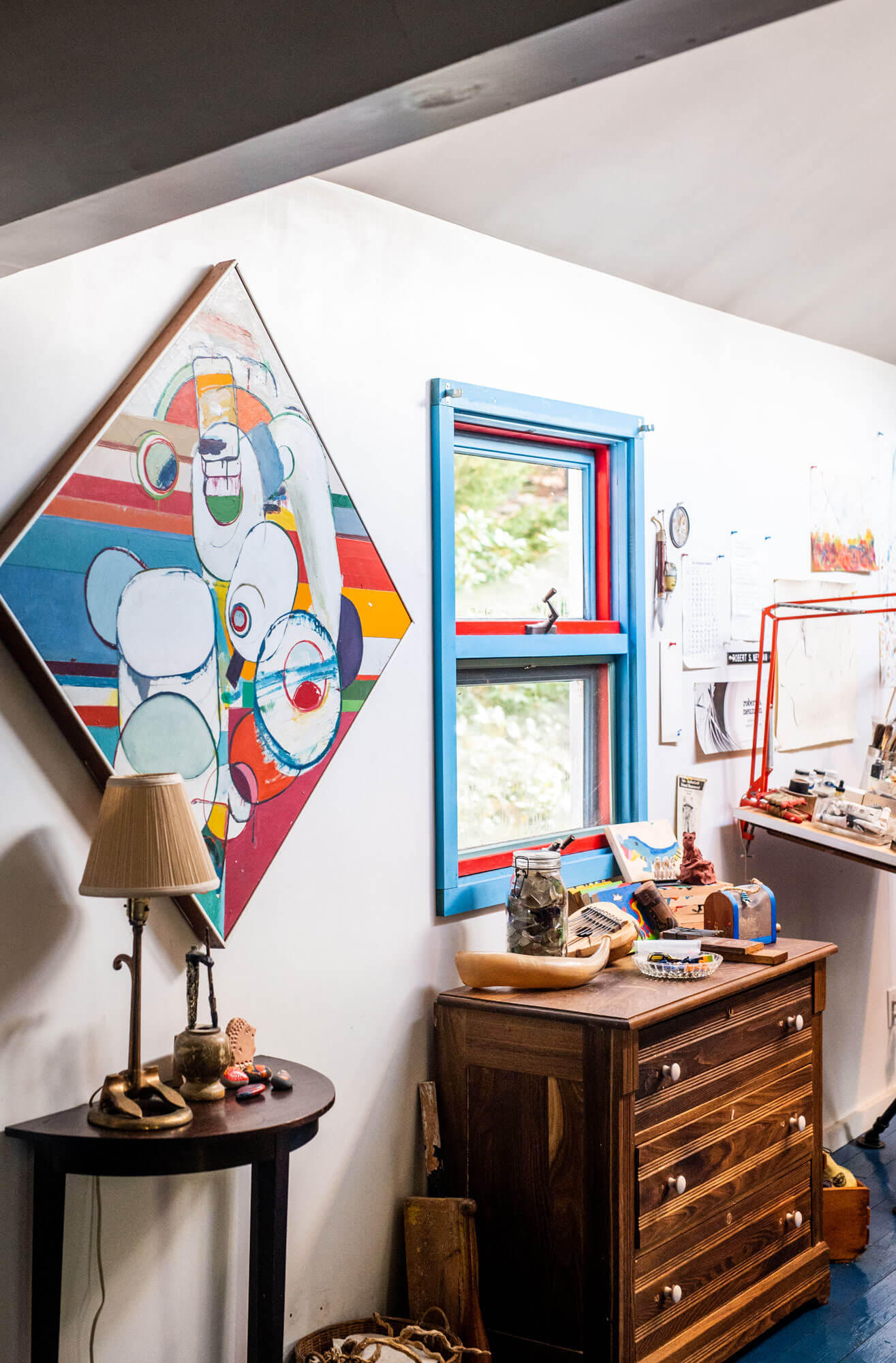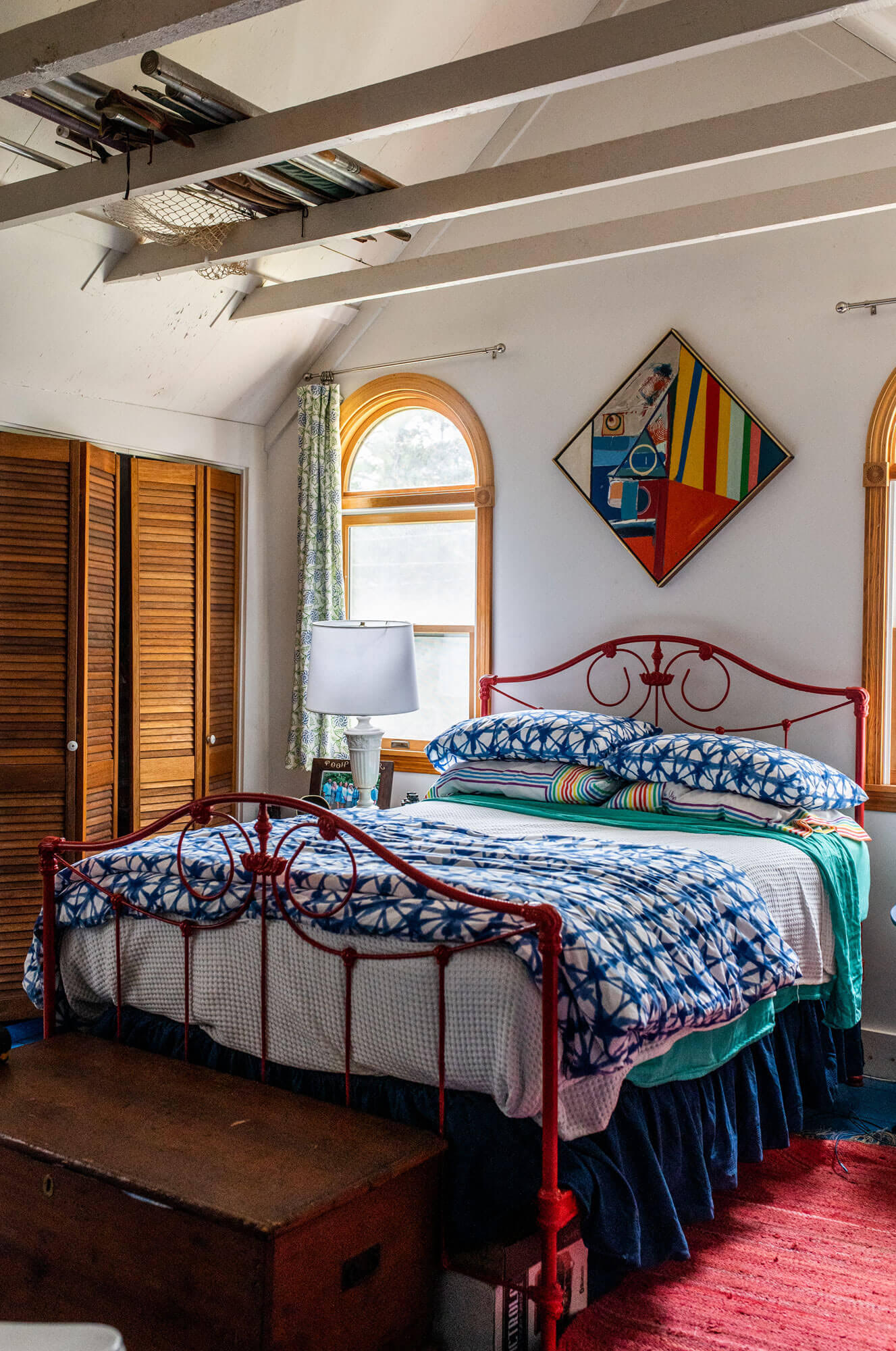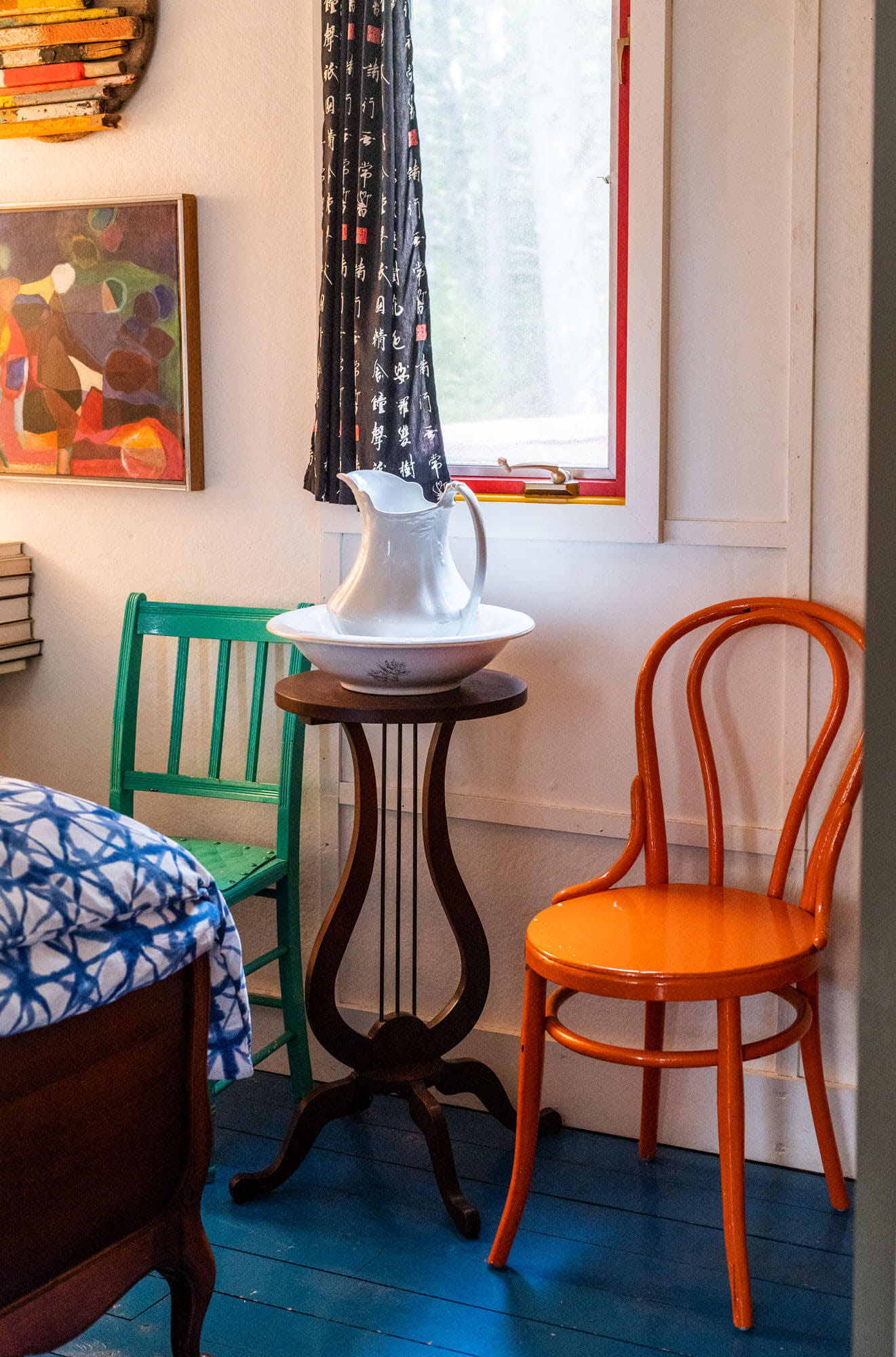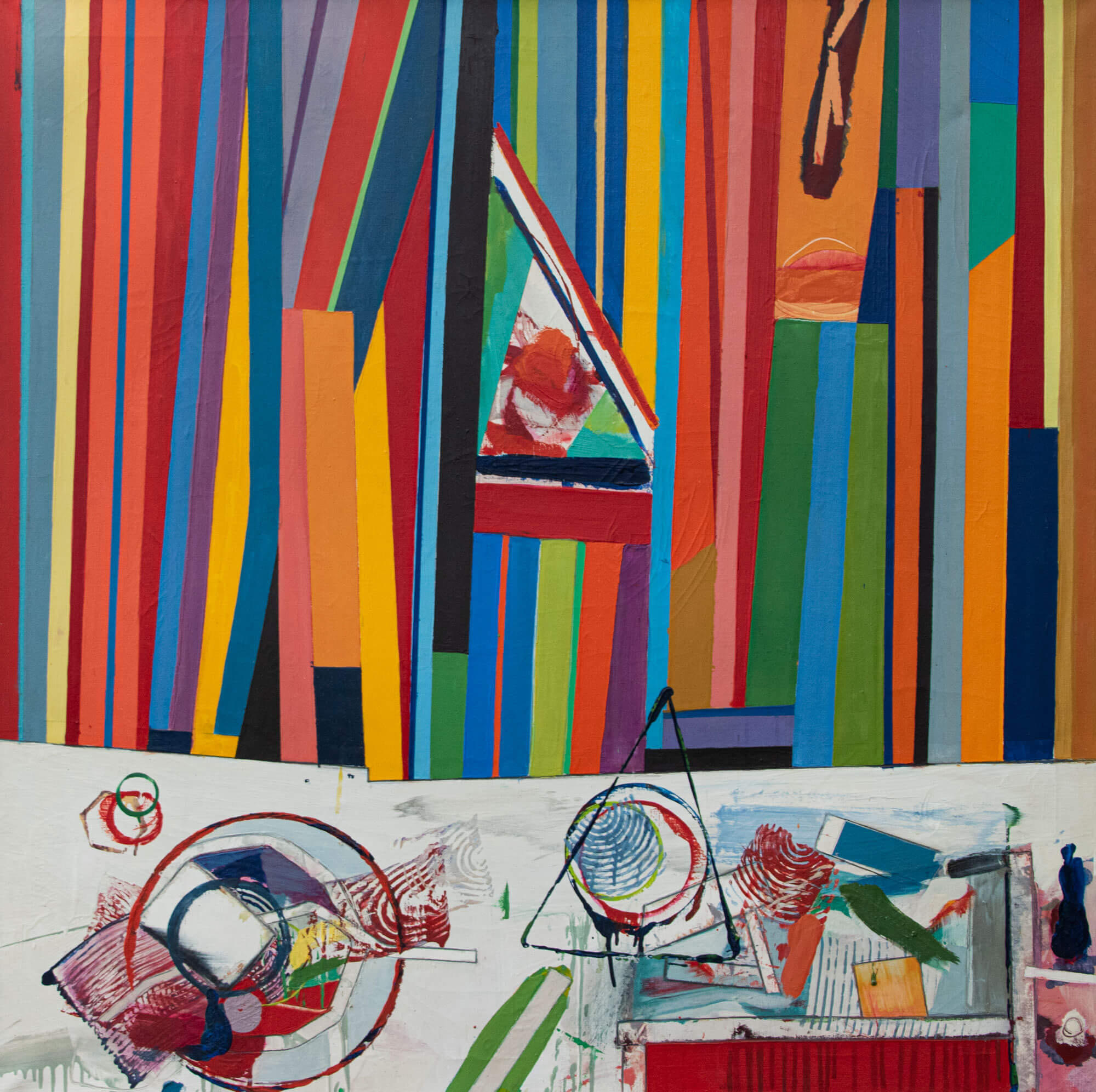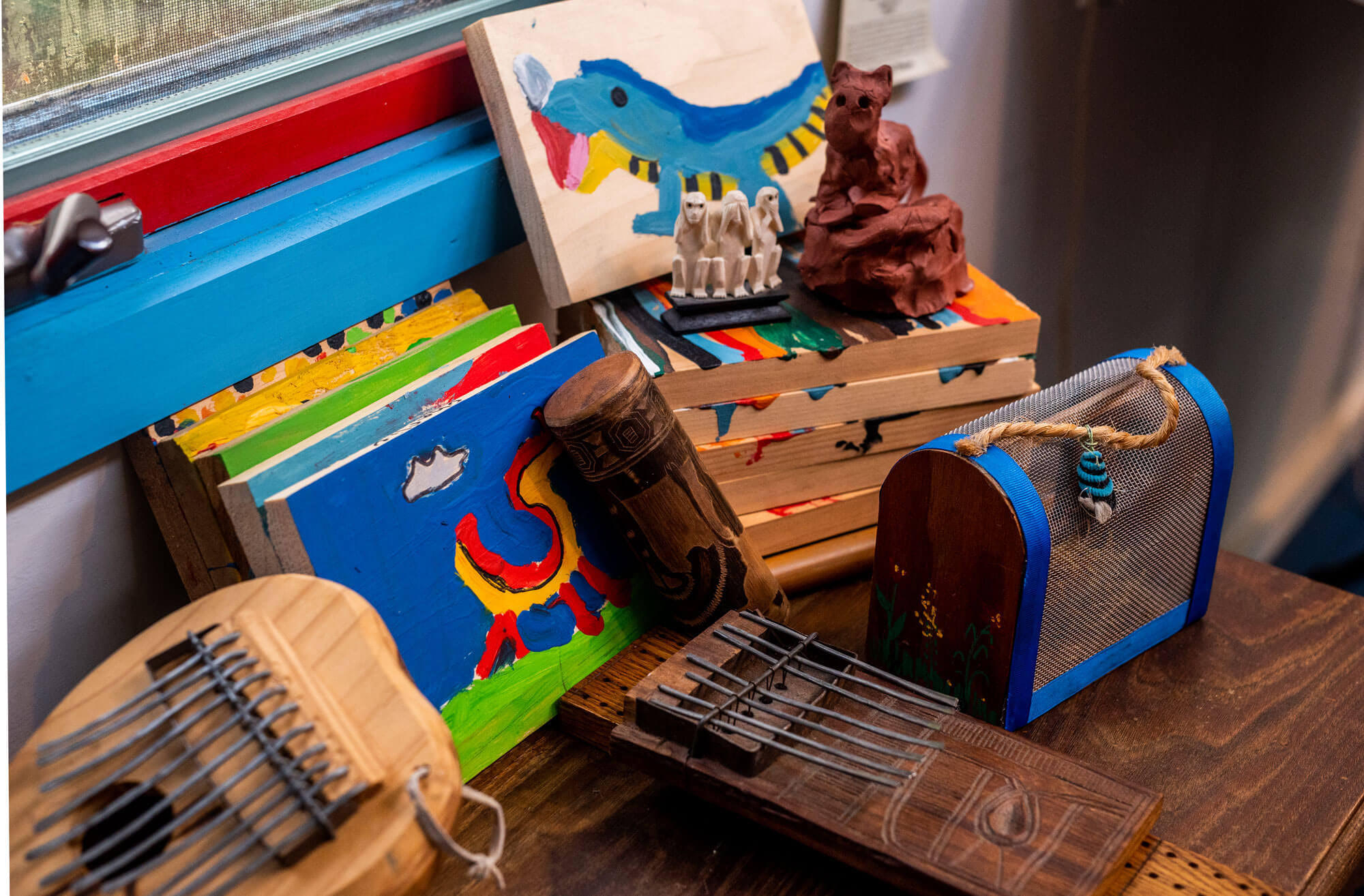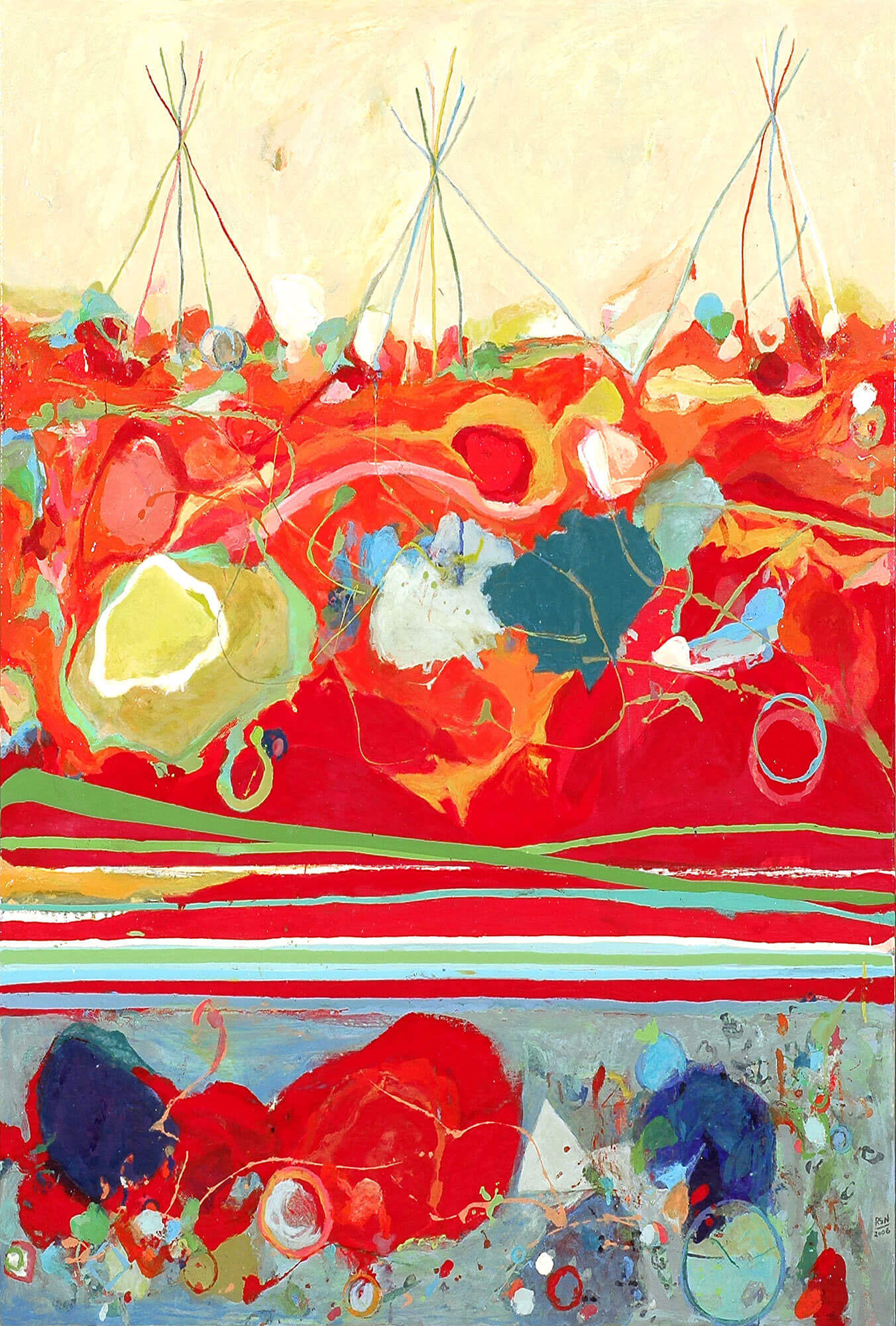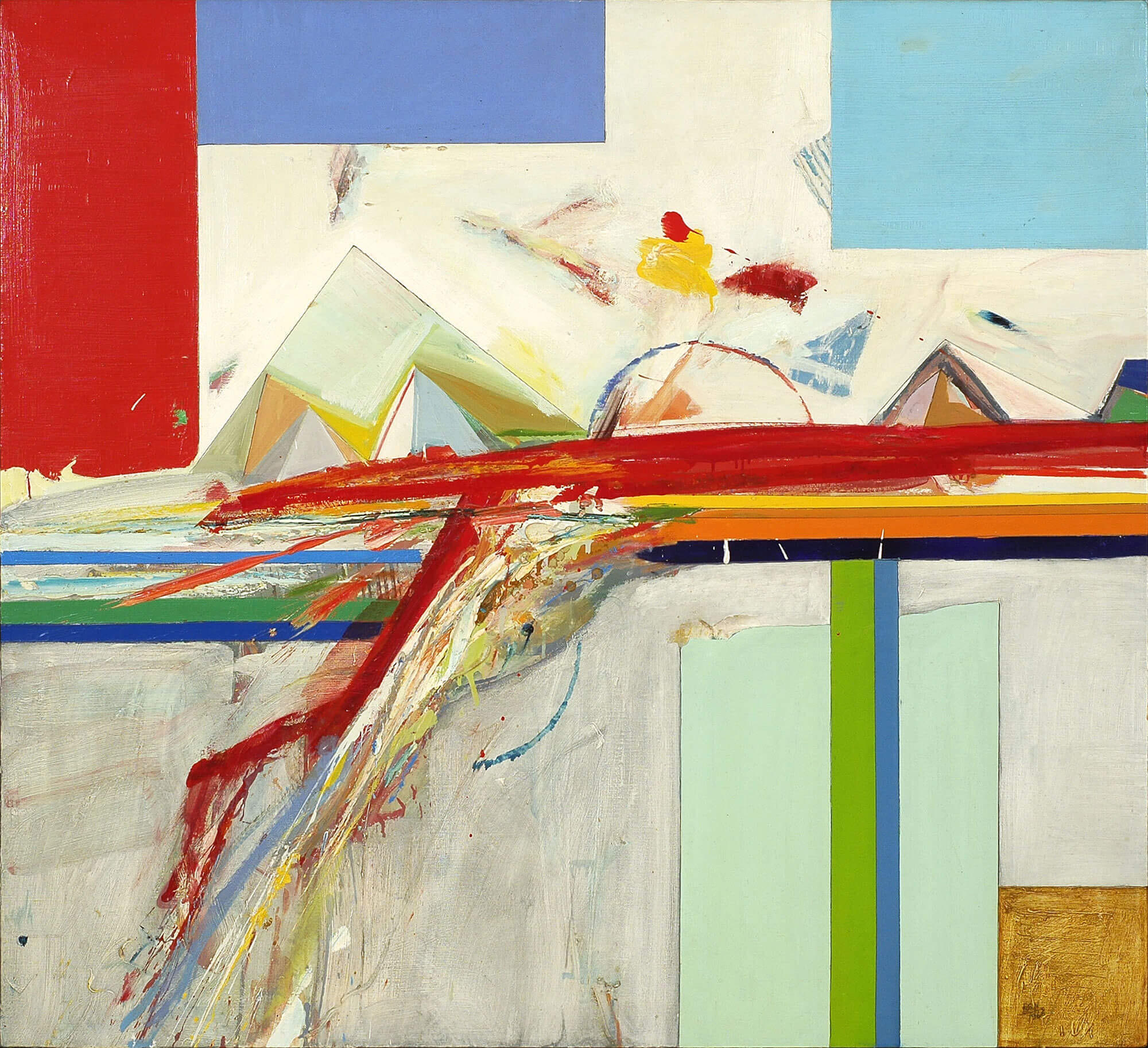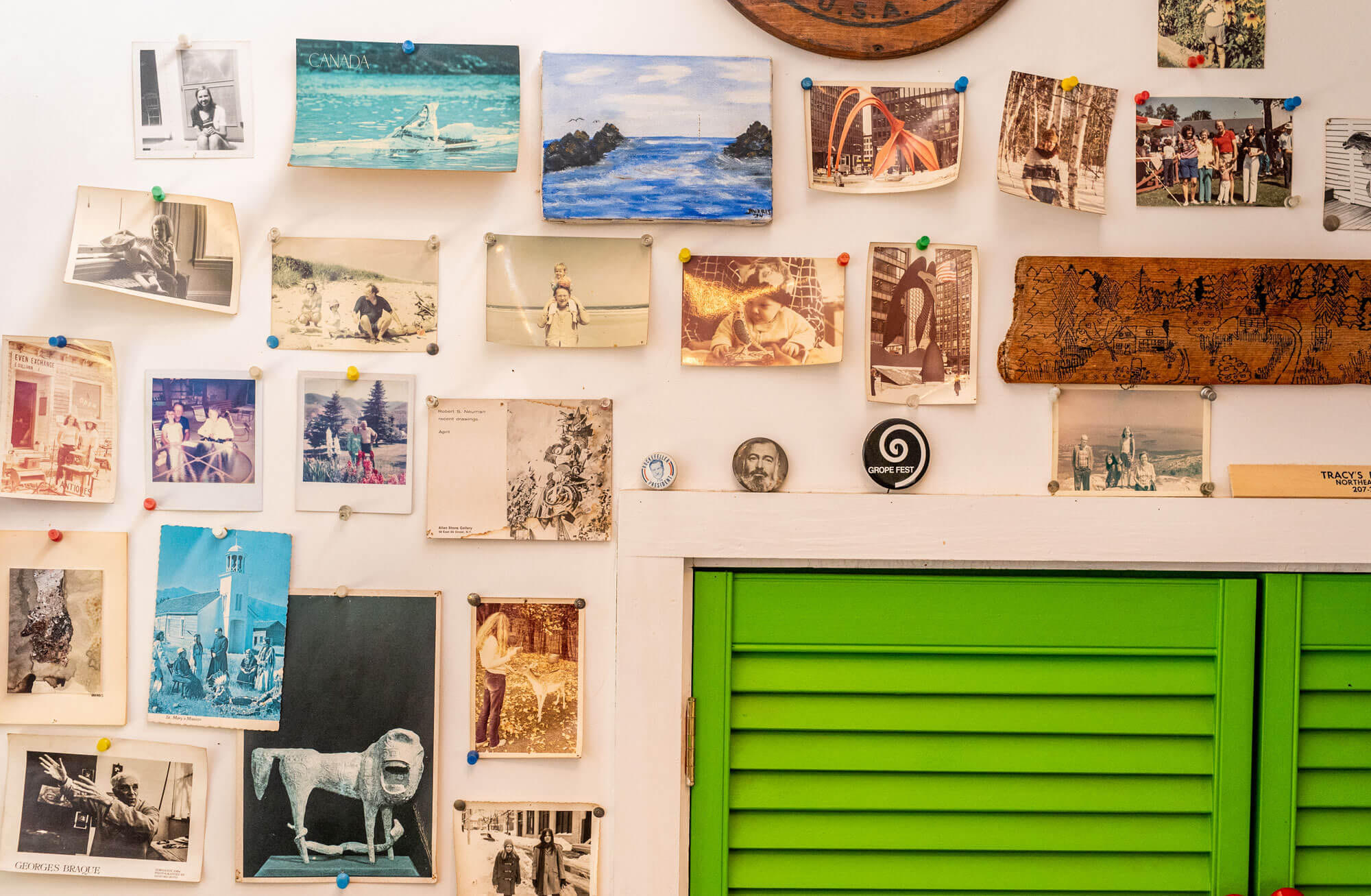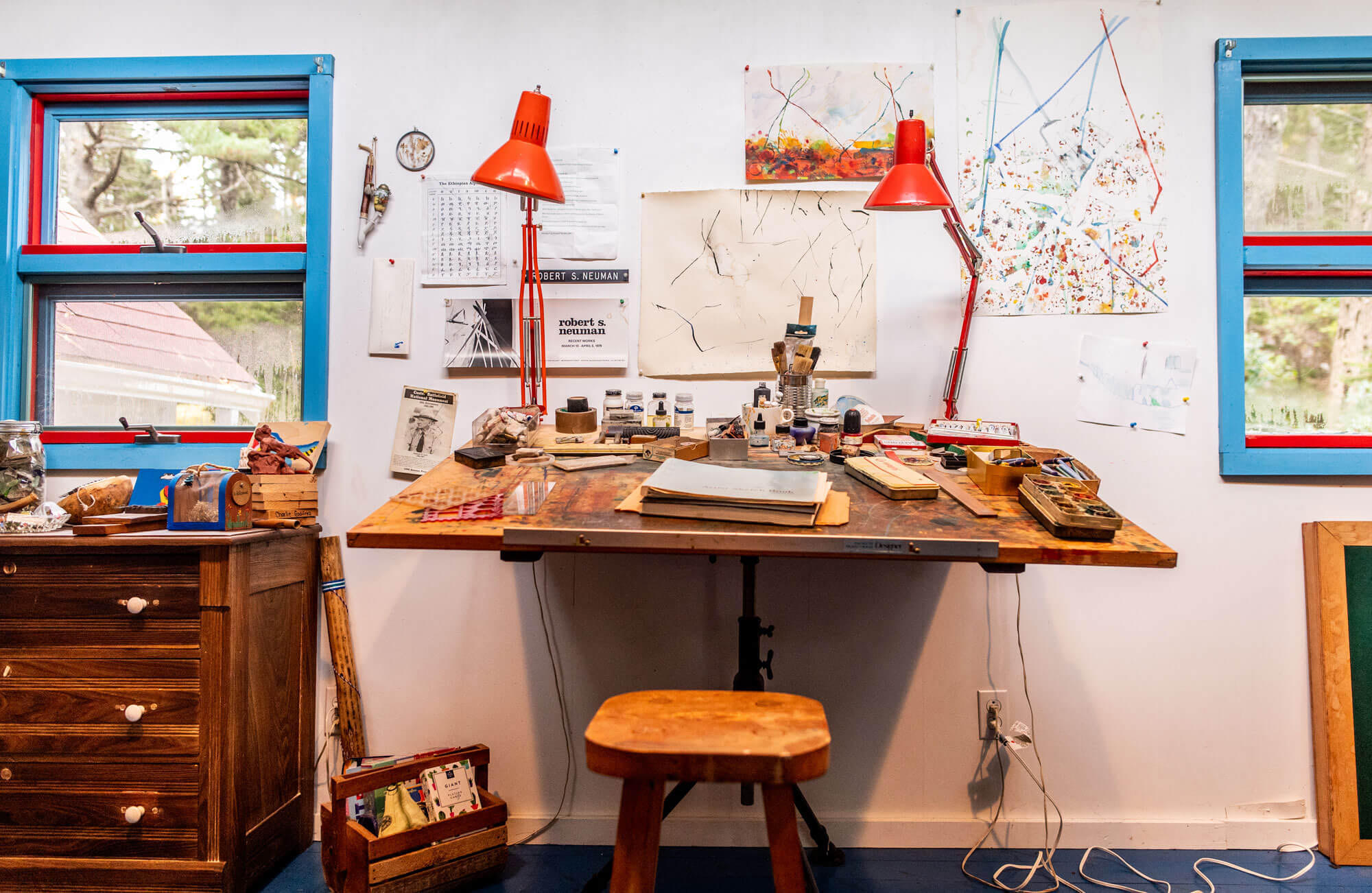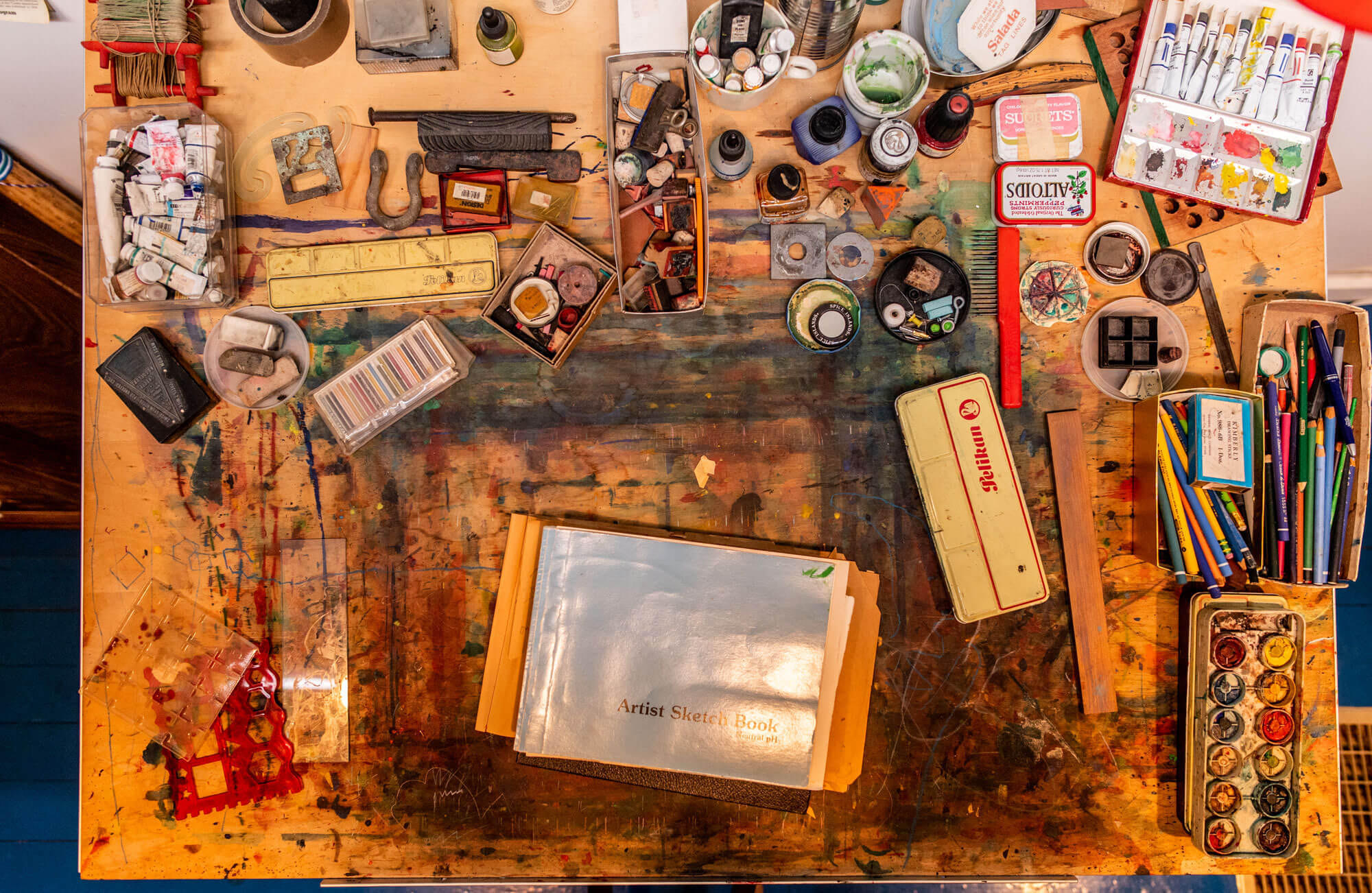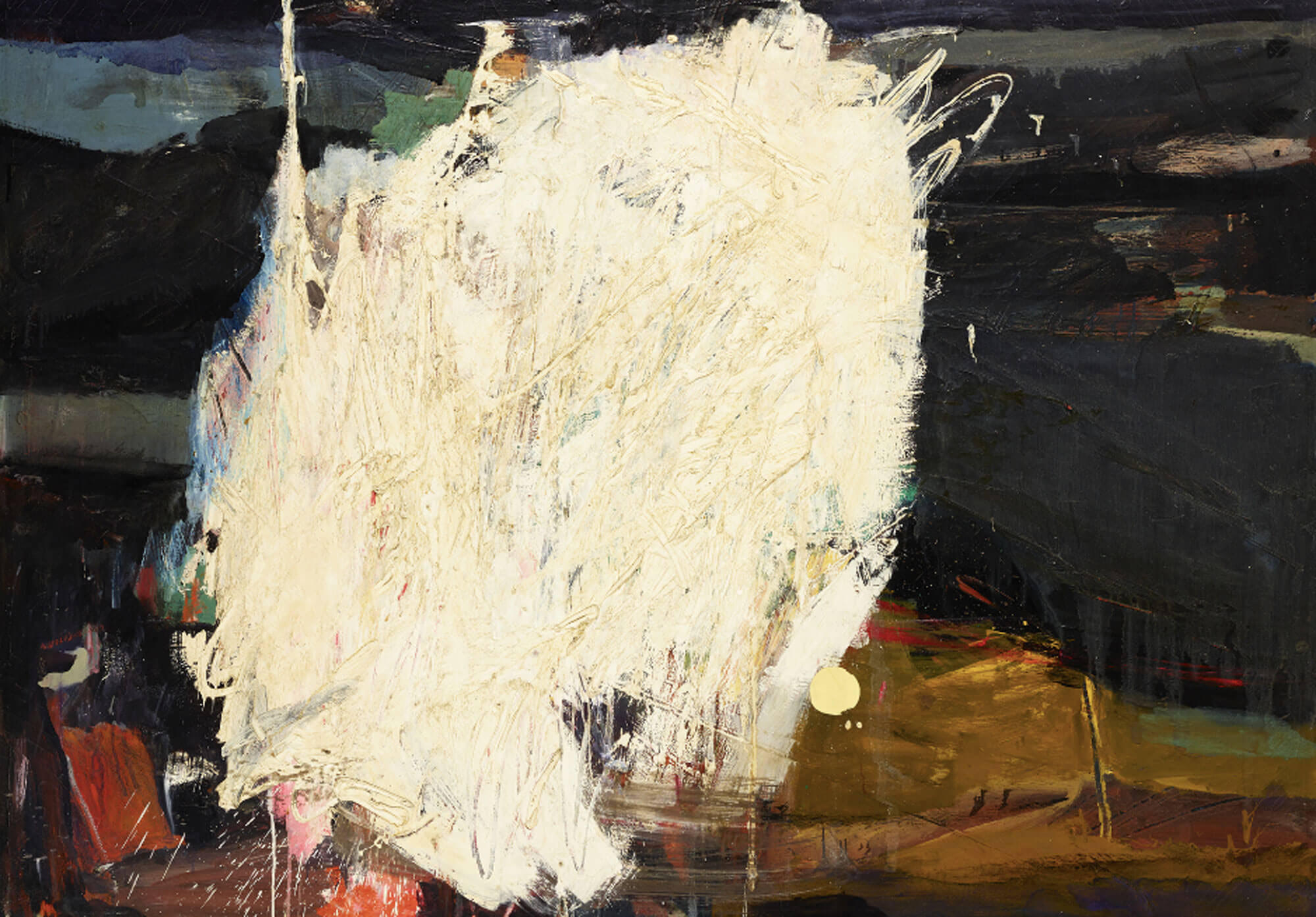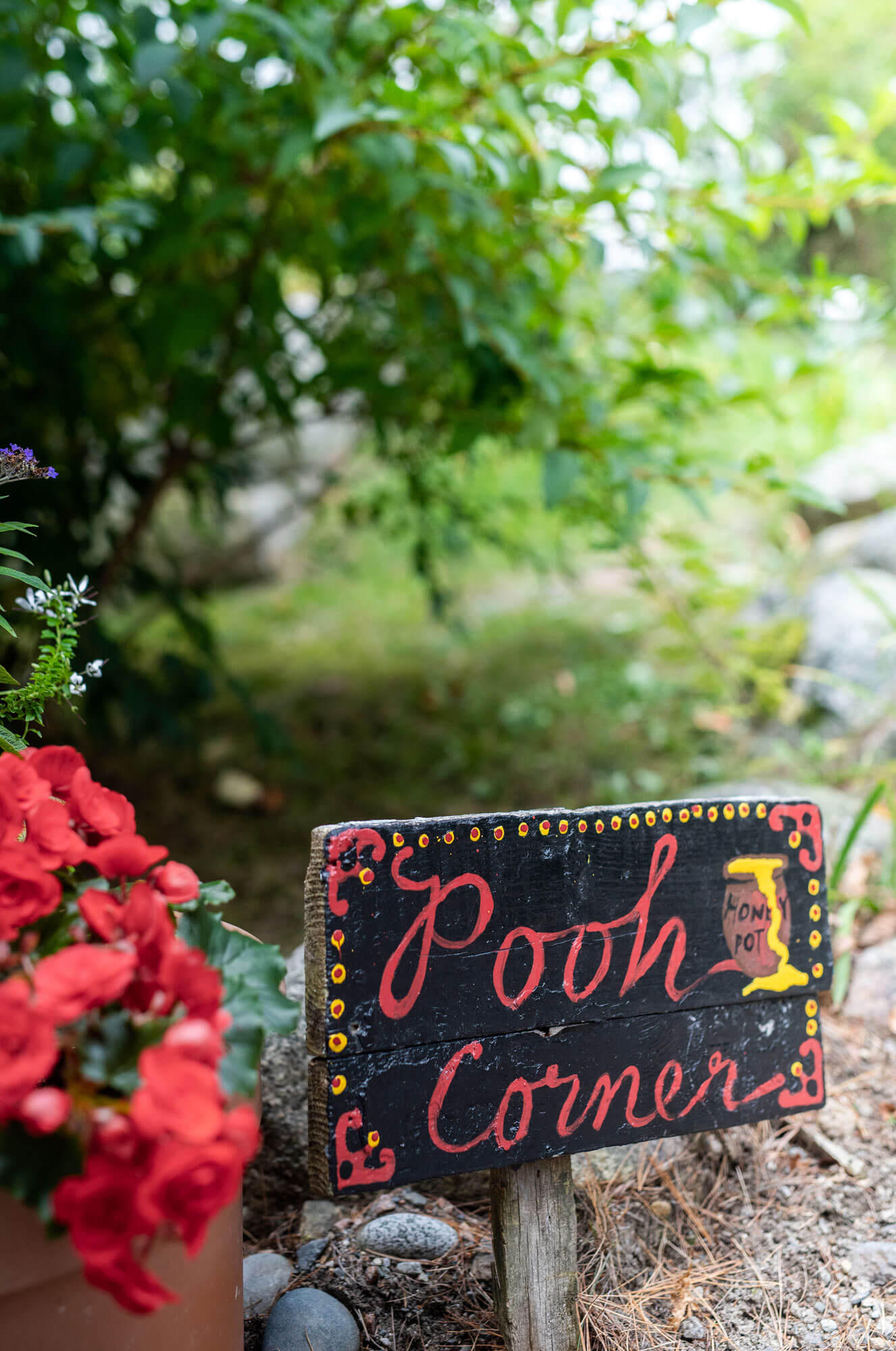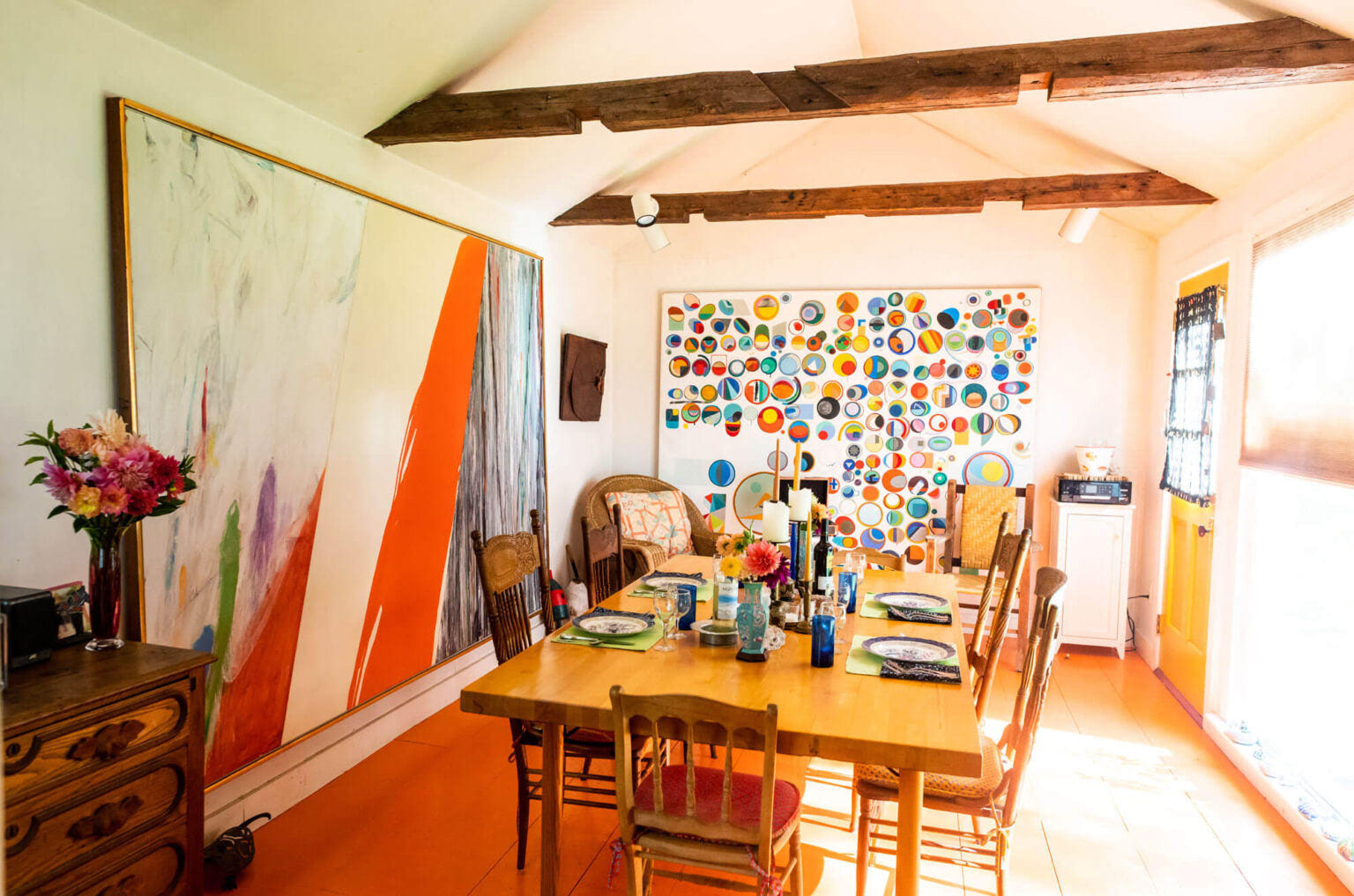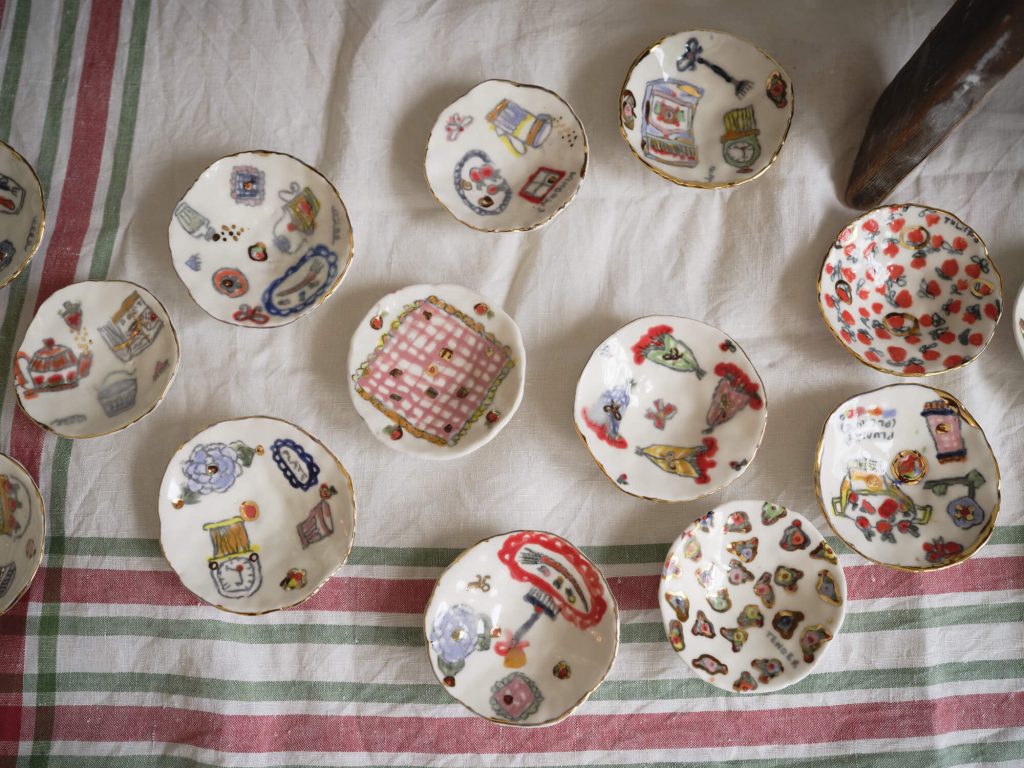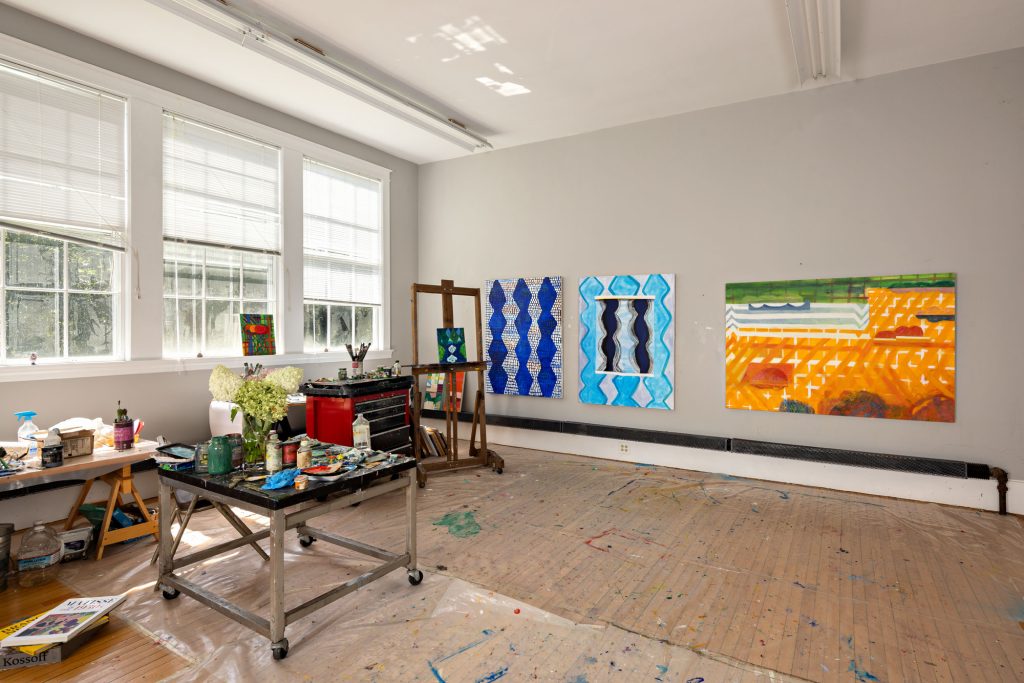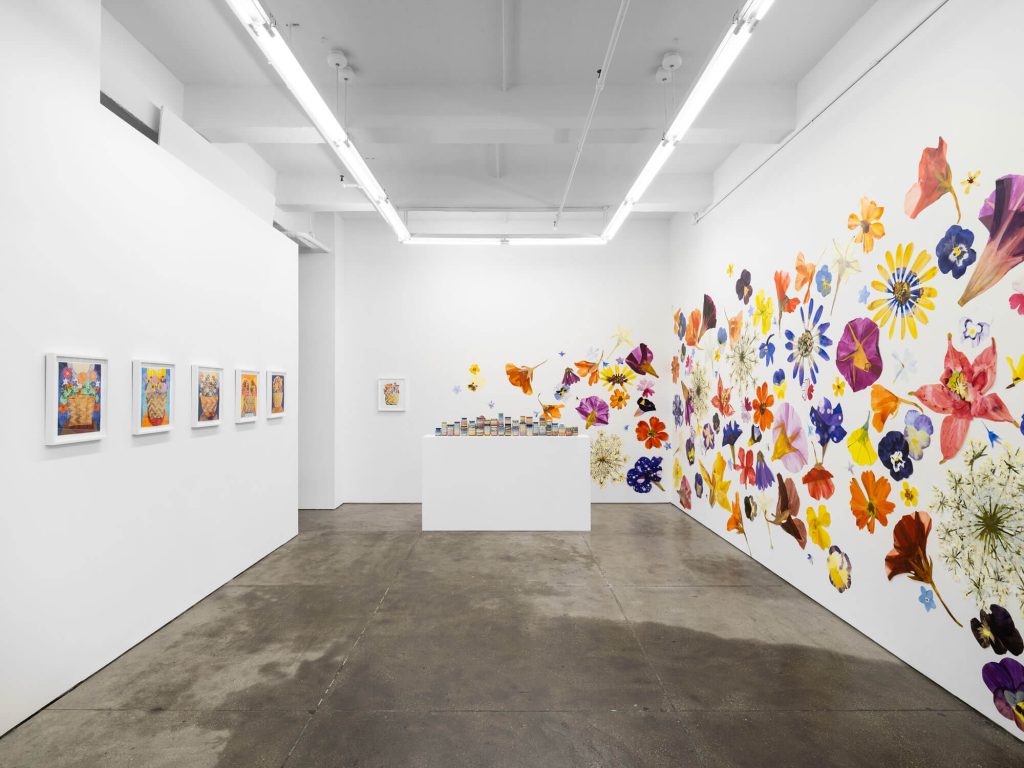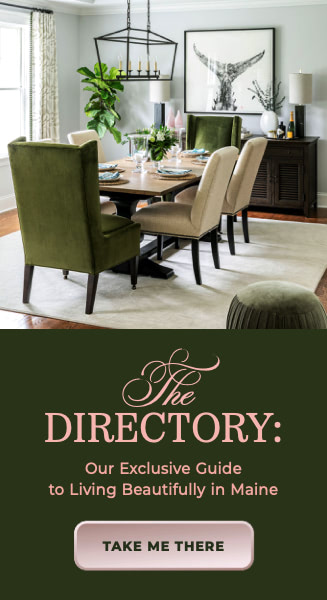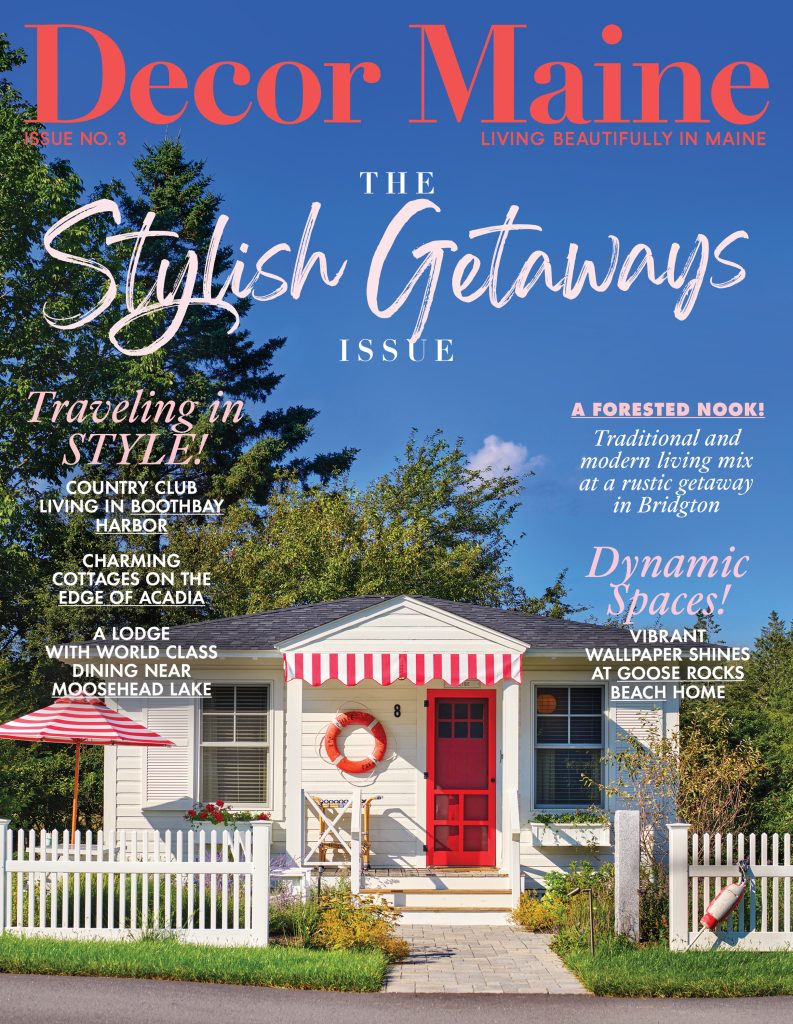It’s like living in one of his paintings, Christina Godfrey, Neuman’s youngest daughter, says of Pooh Corner. “His personality lives through the house.” BELOW: Neuman painted with a sunny optimism and fragmented humility.
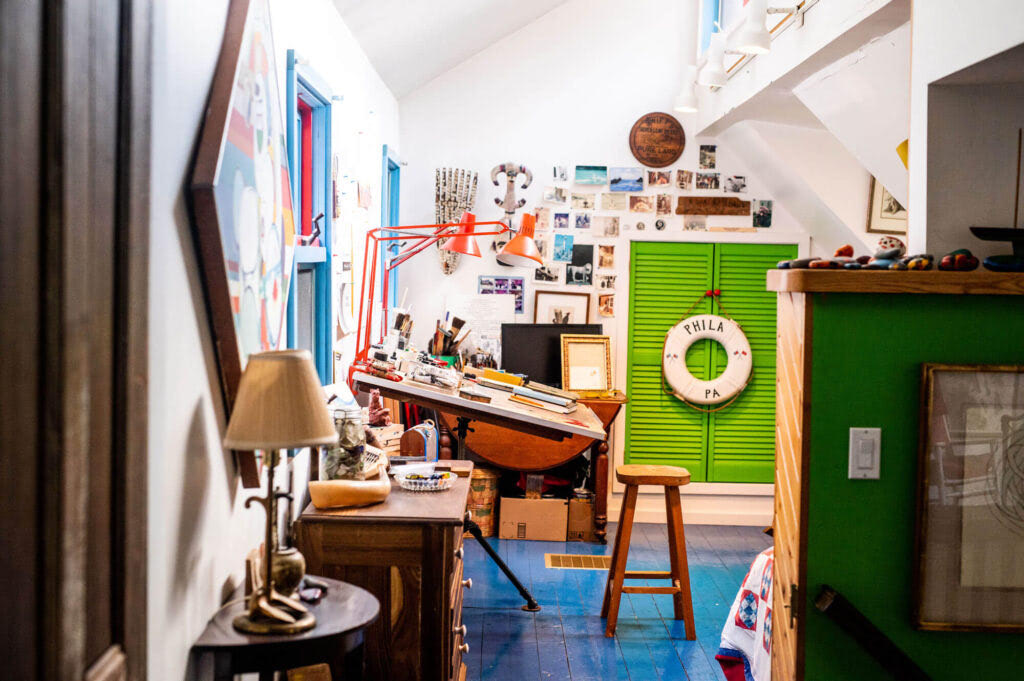
on a clear night in the 1960s, painter Robert S. Neuman, with cognac in hand, looked up at the velvet spill of the universe from the backyard of his home in Northeast Harbor, on Maine’s wooded, rocky Mount Desert Island. Drenched in starlight, Neuman marveled at the shock of space travel; for the first time, someone was looking back. The crystalline sky foretold an ever-increasing distance between humans, a new kind of disjointed reality.
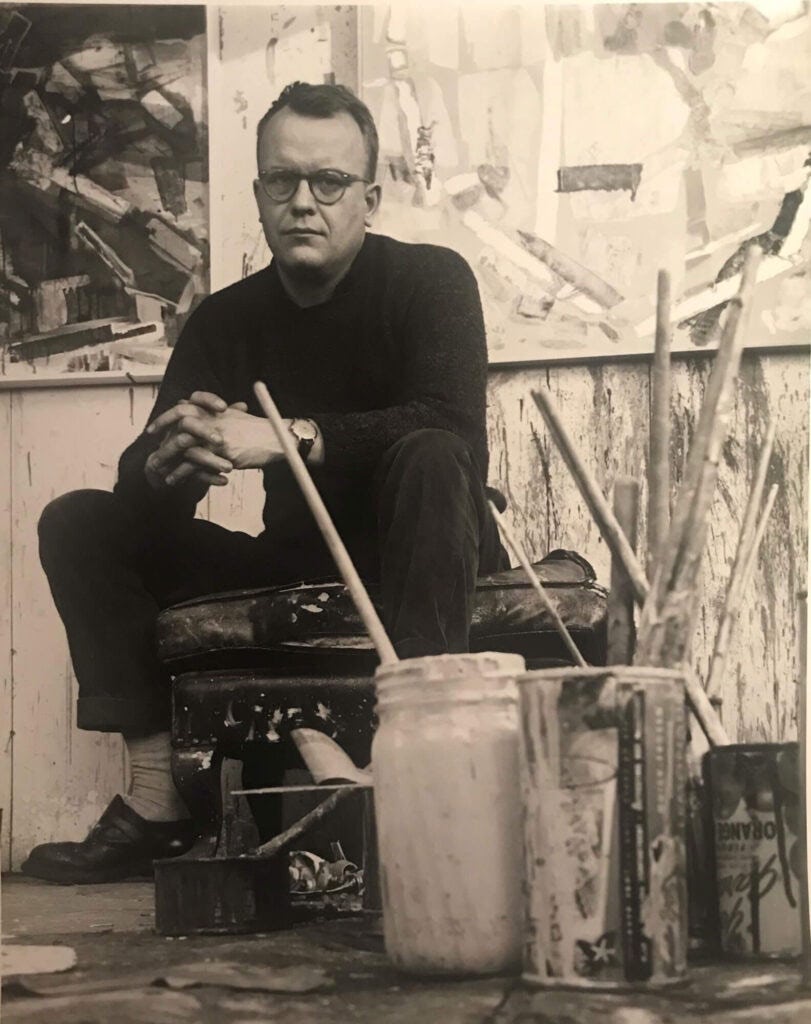

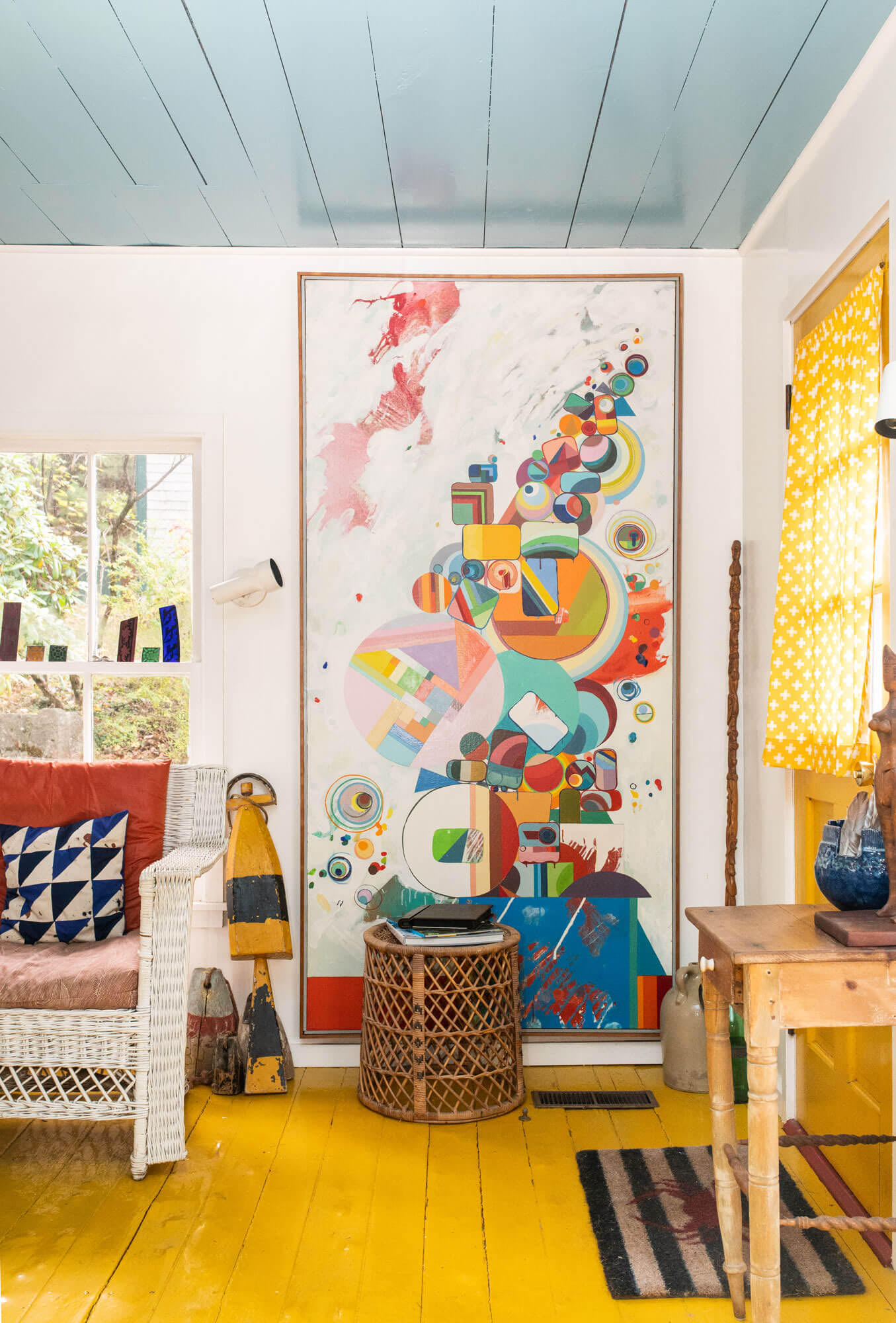
Under these skies, Neuman began his Space Signsseries: large, vibrant oils identifiable by a surface stuffed with circles that Neuman imprinted onto the linen or canvas with the painted rims of cans or lampshades, or, as in Space Signs (Savarin) (1969), a Savarin coffee canister. Each circle contains a geometric abstraction in bright, juicy colors; taken together as a unified picture, the circles dazzle much like a thick field of stars seen with clarity of clear sky and calm mind. In some Space Signs paintings, the circles divide into clusters, their shimmering plain cleft by a sharpened triangle that evokes not only the wake of an ascending spaceship’s trailing smoke but borders, too, both cultural and geographic, which Neuman knew well.
Neuman traveled extensively in the 1950s, soaking in various postwar artistic styles—Bay Area Figuration, the color-field painters, abstract expressionism and its European counterparts of informalism and tachisme—that came to define his characteristically eclectic, but cohesive, style. A fuzzy self-consciousness radiates through the hesitant electricity of Neuman’s earliest work, but in just a few years, when Neuman begins his Black Paintings in Germany, his hand steadies, his brushstrokes smooth, and the emotional tenor of his work swan dives into bold, assured depths. The Black Paintings rub Germany’s fresh and lingering trauma against the sun-drenched palette of Neuman’s California days; in these eerie oils, Neuman is right there on the canvas, working out how such horror and such bliss coexist on the same planet. In Spain, Neuman again channels the spirit of land and culture: His Barcelona paintings reflect the energy of the chimerical reds and arid golds of Catalonia. By the early 1960s, Neuman had settled in New England and begun Pedazos del Mundo, a series that visualized his sense of the fragmented nature of the world as large circles roughly divided into charged, frenetic sections. As the space race magnified the world exponentially, so Space Signs multiplied the circle in an exploration toward the infinite.
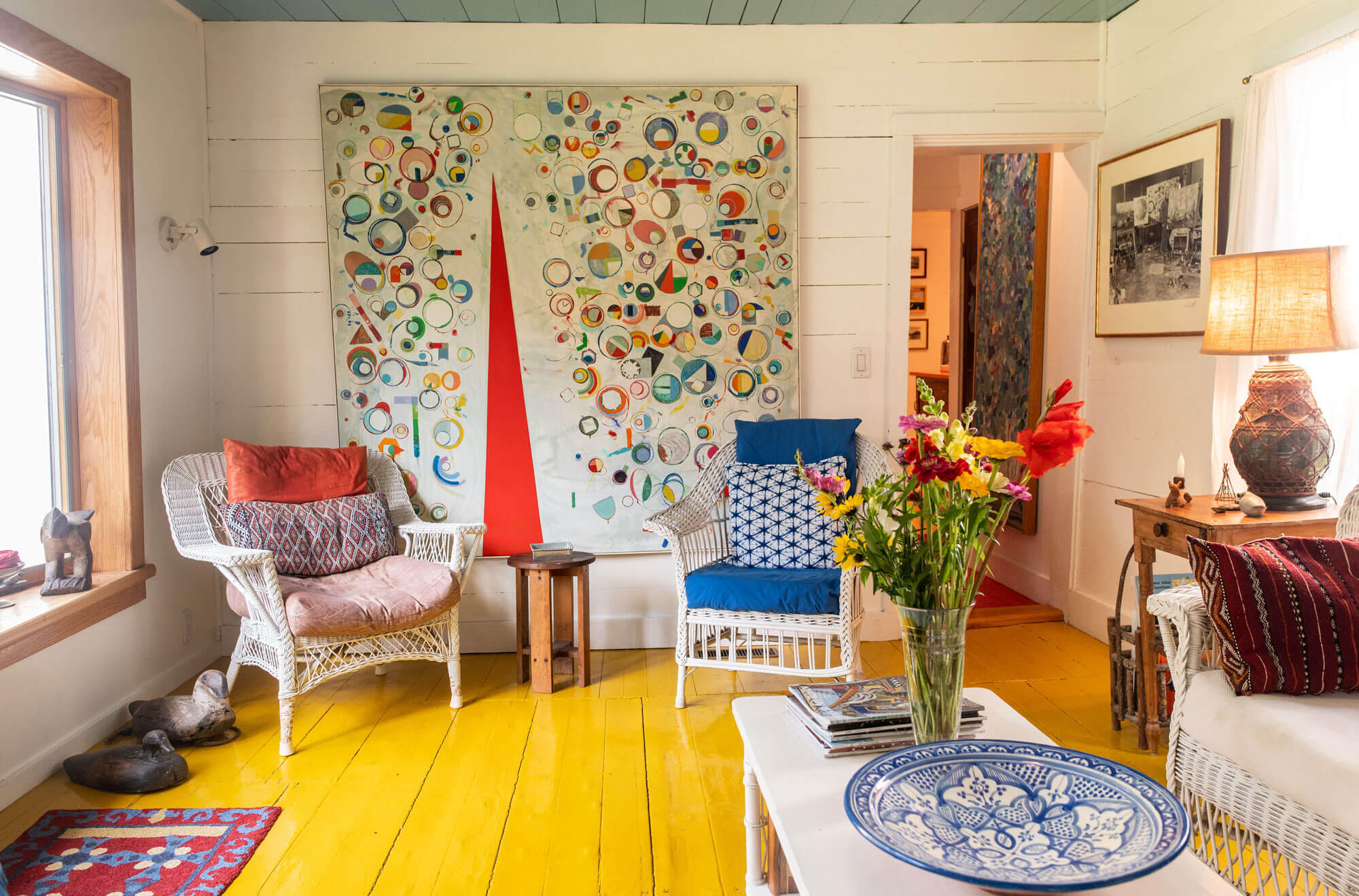
In 1966, Neuman traded paintings with his gallerist, collector, and lifelong friend Allan Stone for the house in Northeast Harbor where he spent time making art around his teaching schedule at Keene State College in New Hampshire. At Pooh Corner—named by his daughter Ingrid, who felt the house and wooded island resembled a setting worthy of A. A. Milne—Neuman first painted in the garage and worked on the house and property, planting fruit trees, rhododendrons, and, every spring, nasturtiums. When the garage was added to the house in the late ’70s, Neuman began to work on paper. Drawings, watercolors, sketches, and the first drafts for large oils emerged in Maine, in the alchemy of the second-floor studio’s steady north light and the fresh, salty tang of oceanside dusk.
When Neuman first saw the Maine property that would become Pooh Corner, he noticed an overgrown apple tree growing into the house through a second-story window: an offering of life, perhaps, or the knowledge, too, that within the apple are seeds for entirely new futures—each planted seed resulting in new cultivars, flavors, shapes, and colors. At his studio under the stars at the edge of the continent, he began the work of drawing and painting new worlds of his own, to magnify and refract and constellate the worlds we already know, as well as the ones we haven’t yet discovered.
